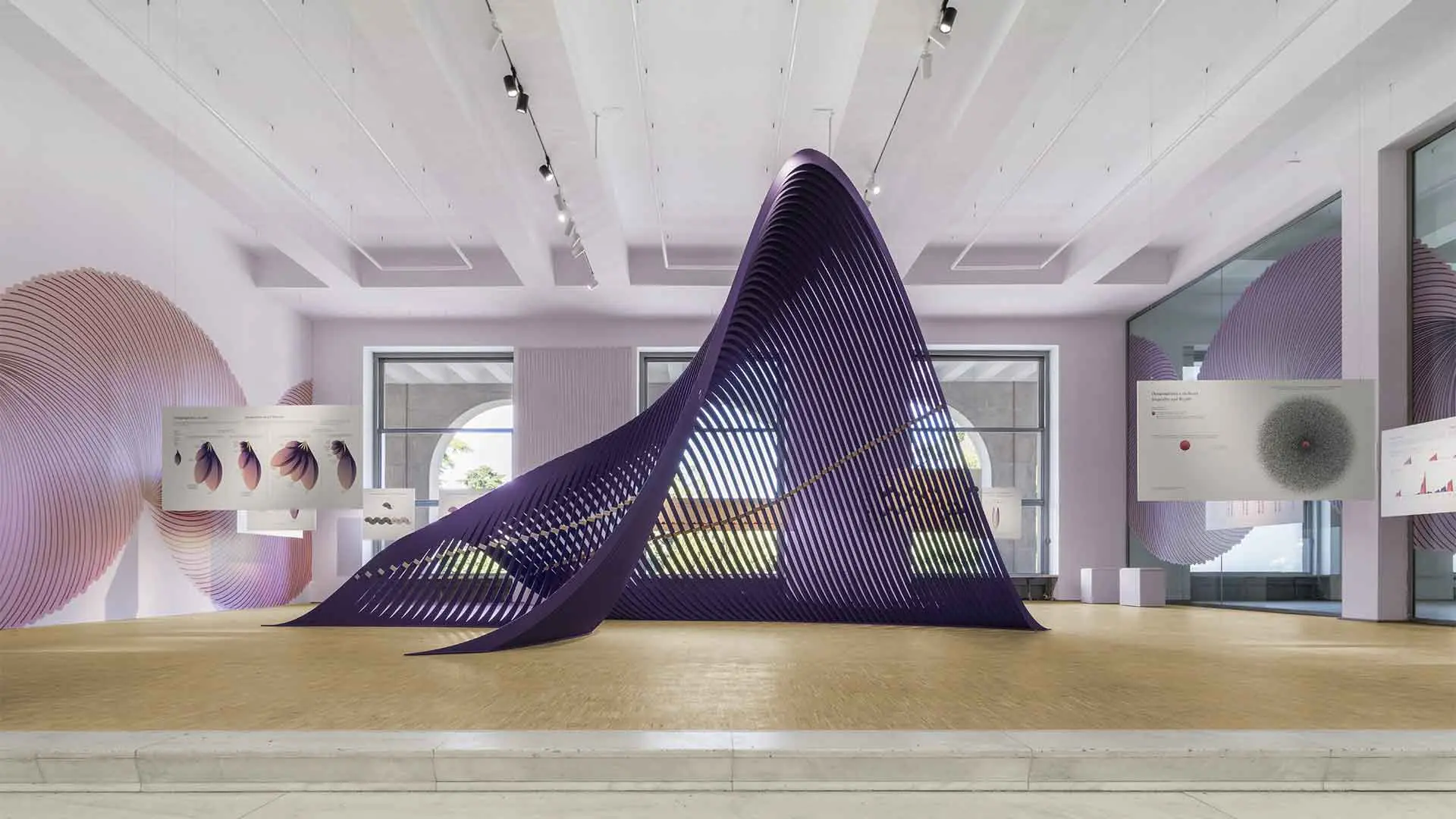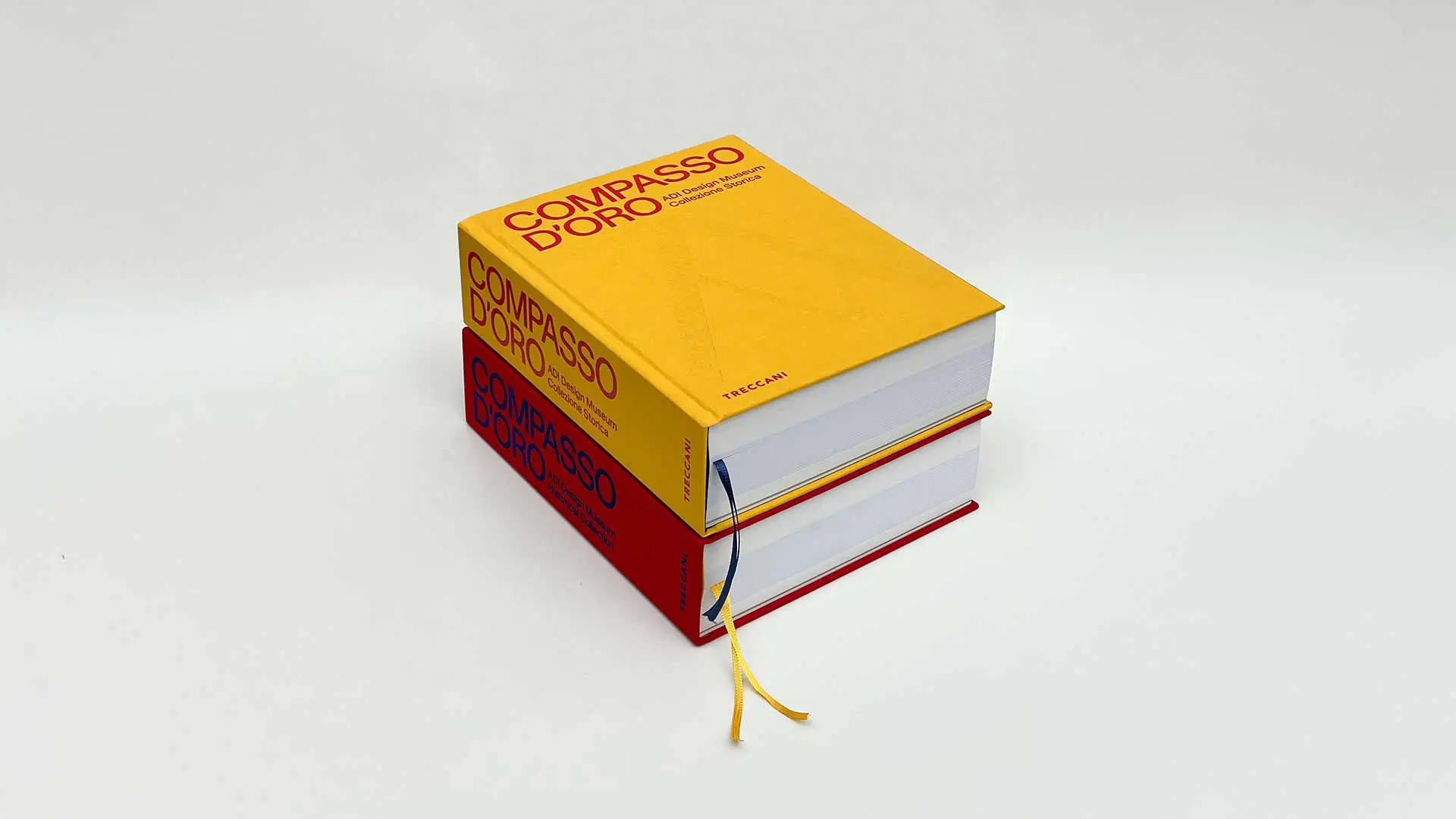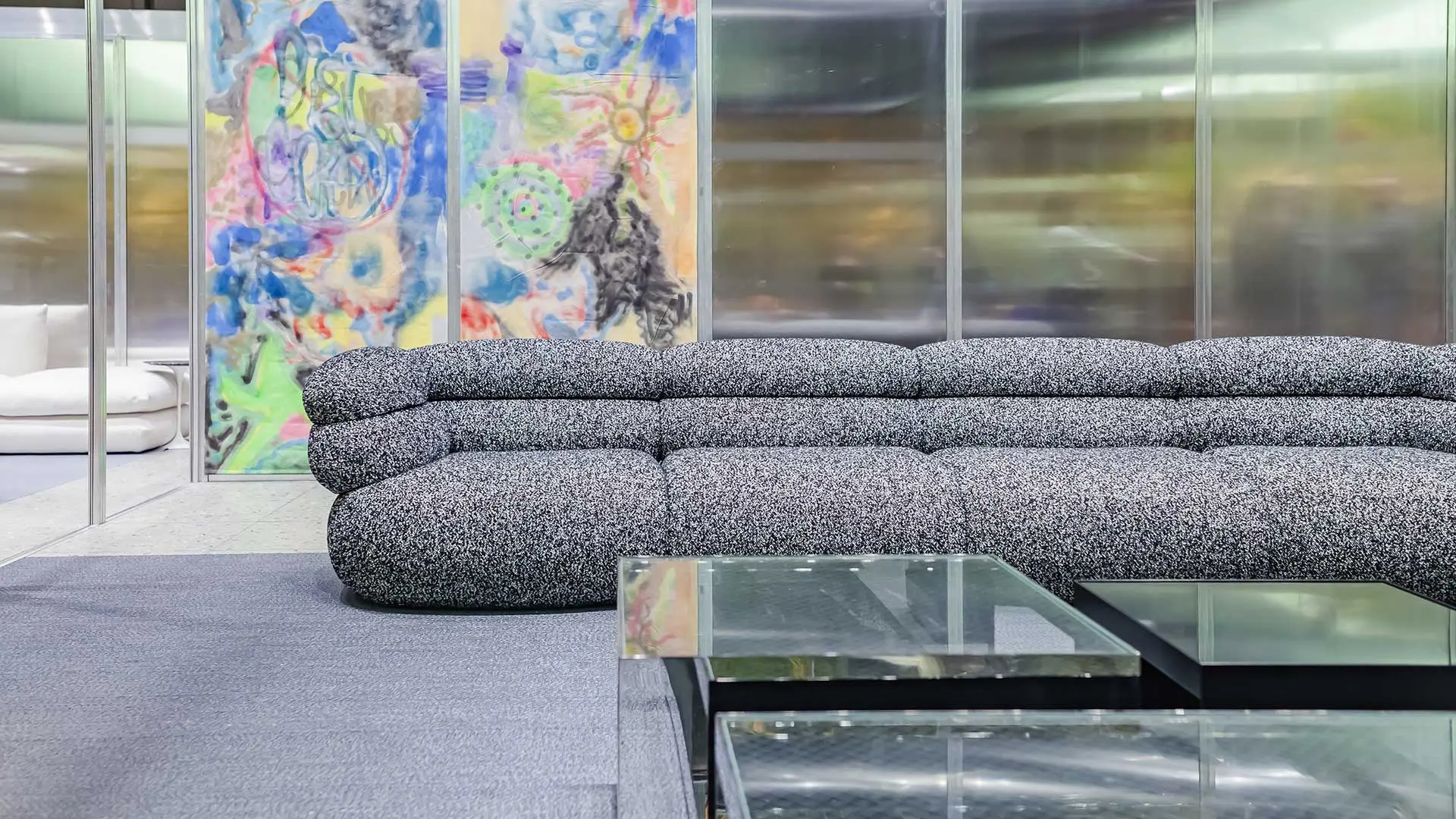From urban geopolitics to the biopolitics of bodies, the 24th Triennale - inaugurated by Nobel Laureate in Economics Michael Spence, amongst others, and open to the public until 9th November - denounces the structural inequalities that mark contemporary lives, offering insights and solutions through the contributions of internationally renowned artists, architects, designers and scholars
China, internal furnishing demand grows. Made in Italy affirmed
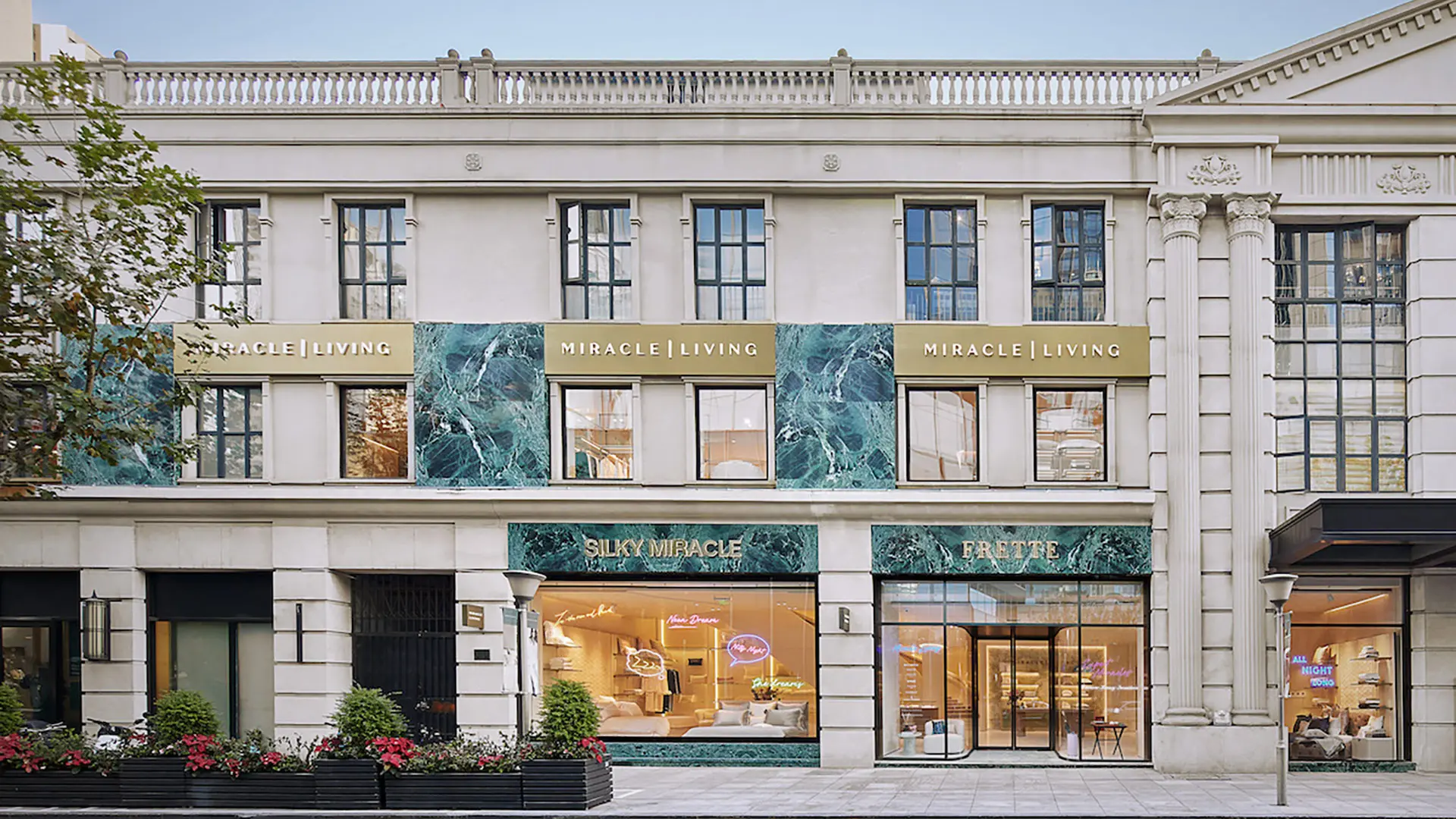
Miracle Living, project by Hangar Design Group and Vudafieri Saverino partners
Italian furniture exports up 32.98% in 2021, driven by urbanization and the middle class. However, uncertainties loom, what with a downturn in the real estate sector and the lack of a system-wide policy approach
Performance on the Chinese market was positive, above all thanks to rapid growth in domestic demand, even if as a country China is a complex and multifaceted reality of which Italy, and indeed the rest of the West, has but limited knowledge. Interpreting the Italian furniture industry’s performance in China is a challenge, not least because of the numbers themselves. According to data published by ICE (the Italian Trade and Investment Agency), in 2021 Italian furniture exports rose 32.98% compared with the previous year to a total of USD 670 million. If we look at the Chinese data, however, demand for Italian imports was up by 11.9%. Italy was the leading supplier nation to China, with a January to November 2021 market share of 29.3%.
Gianpaolo Bruno, Director of the ICE office in Beijing, explains that comparisons between the ISTAT data and Chinese government figures should be made with due caution: a number of technical differences mean that the Italian data is a more reliable measure of bilateral relations, whereas the Chinese figures are a fundamental benchmark against other countries, helping to ascertain what market share Italian products have in China. “Driven by 8% GDP growth, the furniture market fared particularly well in the first part of 2021. Interestingly, China is now the world’s biggest furniture producer and exporter. For Italy, the balance is actually negative, and this trend has been growing in recent years,” says Bruno. “The uptick in performance in 2021 is first and foremost ascribable to domestic demand for imports and domestic output. We must not forget that it is a comparison against the depressed market values registered in 2020. The 2021 result is in part due to China’s advancing urbanization and householders’ greater disposable income. Consumption benefits as people enjoy more widespread well-being and rising socio-economic status, especially in the country’s second- and third-tier cities.”
With only minor exceptions, data from individual Italian production segments like wooden furniture, seating and upholstered furniture posted double-digit growth in 2021. “Made in Italy continues to be highly esteemed, synonymous with creativity, reliability, taste, and luxury,” says the Beijing ICE Director.
Read also The route out East
Tiziano Vudafieri and Claudio Saverino, founders of the Vudafieri-Saverino Partners studio, which has offices in Milan and Shanghai and specializes in architecture and corporate design projects, concur. “As ever, China has a great passion for all things Italian. What is still lacking is a policy to help Chinese consumers recognize what is truly Italian, and what is an imitation. There is huge scope for growth, but that will require a system-wide approach.”
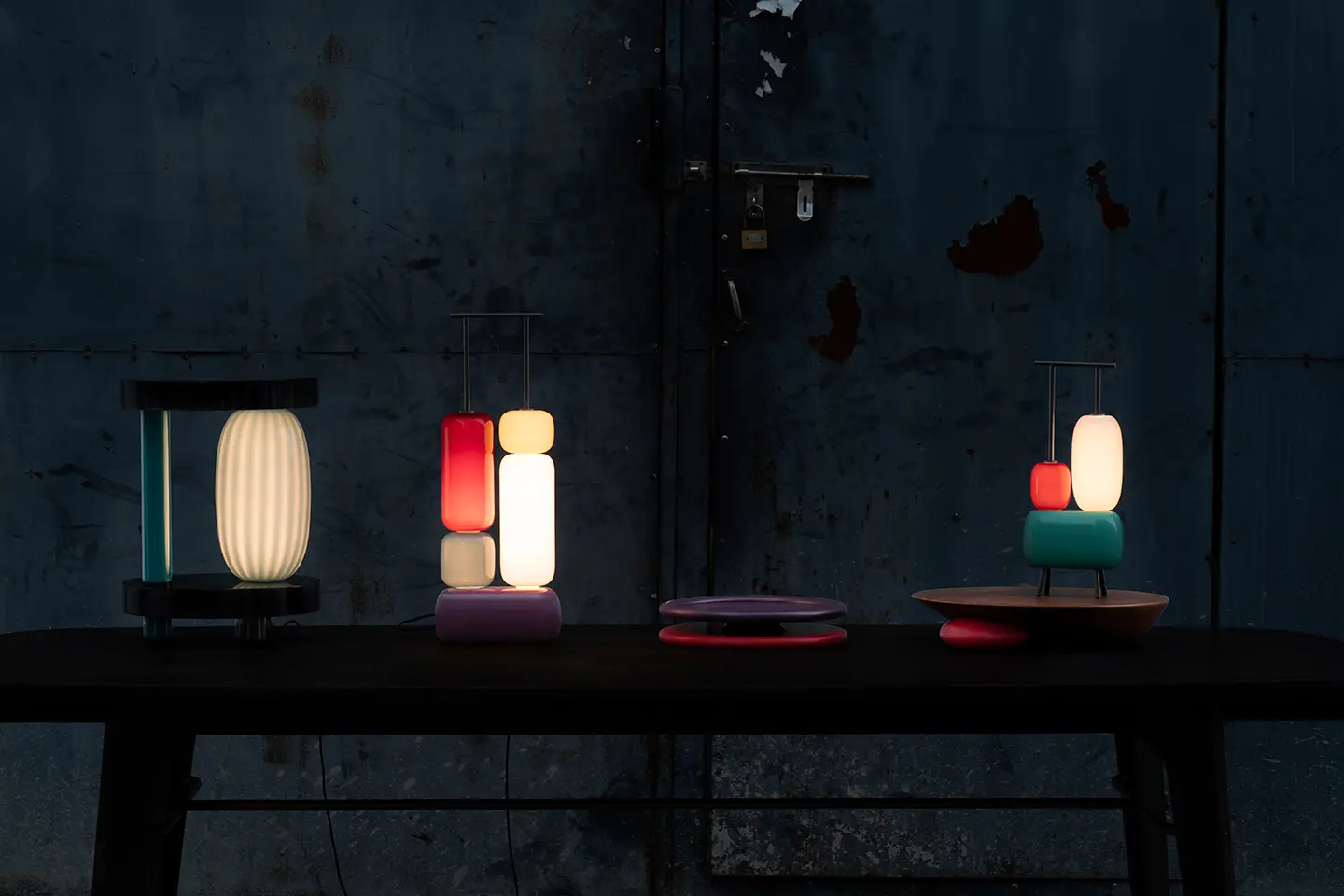
Space Invaders by Luca Nichetto, for Stellar Works, ph. Anthony Reed
For Vudafieri and Saverino, the Chinese market, in which the main manufacturing districts are located in the eastern provinces of Zhejang, Guandong and Shandong, is becoming more cultured and interested in increasingly high-quality solutions: “Local products are no longer considered as inferior or copies of foreign items, but rather resources on which to draw. We’ve witnessed a cultural evolution in how meaning is attributed to places at the Miracle Living showroom we opened recently in Shanghai,” the creative duo tells us. “Created in collaboration with the Hangar Design Group, an experiential retail concept guided the store’s design, conveying sensations of well-being to customers: shopping is no longer an end in itself. You can peruse contemporary works of art in a small gallery hosting temporary exhibitions, or take a break in the relaxation corner bar.”
Read also Focus on Vudafieri Saverino Partners
Chinese consumers are evolving: many are young adults who have studied abroad and had first-hand experience of the West’s approach to home design. Luca Nichetto, a Venice-born designer currently based in Sweden, worked for three years in the field at Chinese start-up Zaozuo, which grew from a small company with fifteen employees in 2015 to 200 in 2018. Nichetto says, “Given that design products are usually targeted at a high-end audience, it was a blast to design pieces made for the middle class.” For Nichetto, when it comes to China, understanding diversity is the key issue (“In Asian culture, copying the master is a sign of appreciation for their work,”). It is also important to acknowledge that the market offers enormous numbers and great economic power, yet far too often we approach it with superiority and arrogance. “As in the past with emerging nations, companies have simply reworked successful products and adapted them to specific markets. Made in Italy has relied on retailers and distributors who, no matter how good they are, always refer to what already exists. There is no kind of planning for educating people about value, and this,” Nichetto suggests, “is why it’s so important to correctly position Made in Italy. Everyone wants beauty, but things are changing. No longer is it enough to be an advertisement for a brand, as has so often been the case in fashion; nowadays, young people create their own look, mixing high and low. In design too, people pay close attention to the relationship between local and global.”
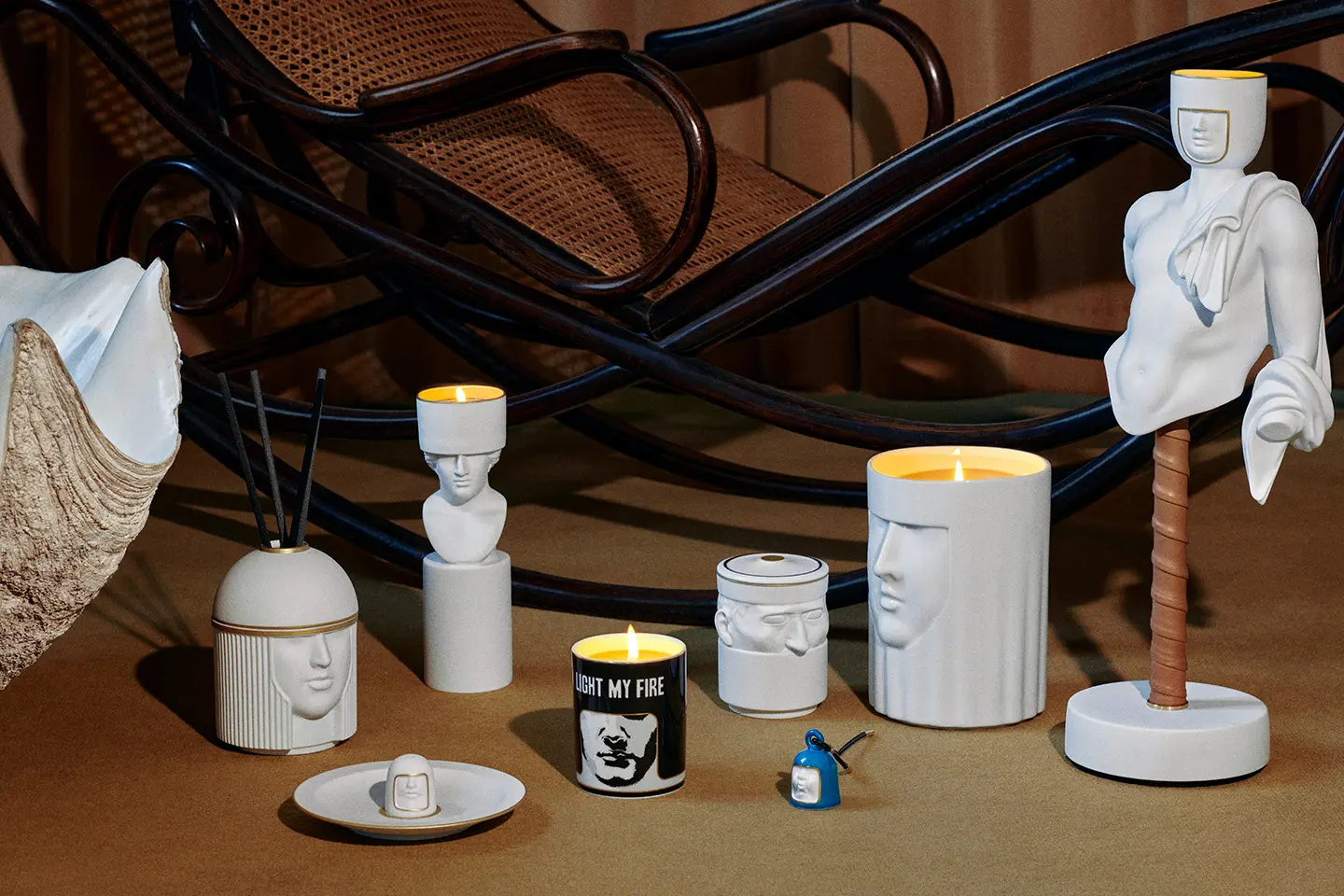
LCDC by Luca Nichetto for Ginori 1735
According to the Venice-born designer, the crucial difference between design in Italy/Europe and China is how the business fabric is structured. “SMEs are the El Dorado of experimentation. In Europe, if you don’t offer solutions to the whole panoply of problems, you are failing to perform; in China, that’s umpteen times more true. What’s more, on the Chinese market, the dividing line between design and art is not as clear-cut. The industry should not be imposing a new design approach from on high, it should be embracing and leading what’s actually happening on the ground.”






